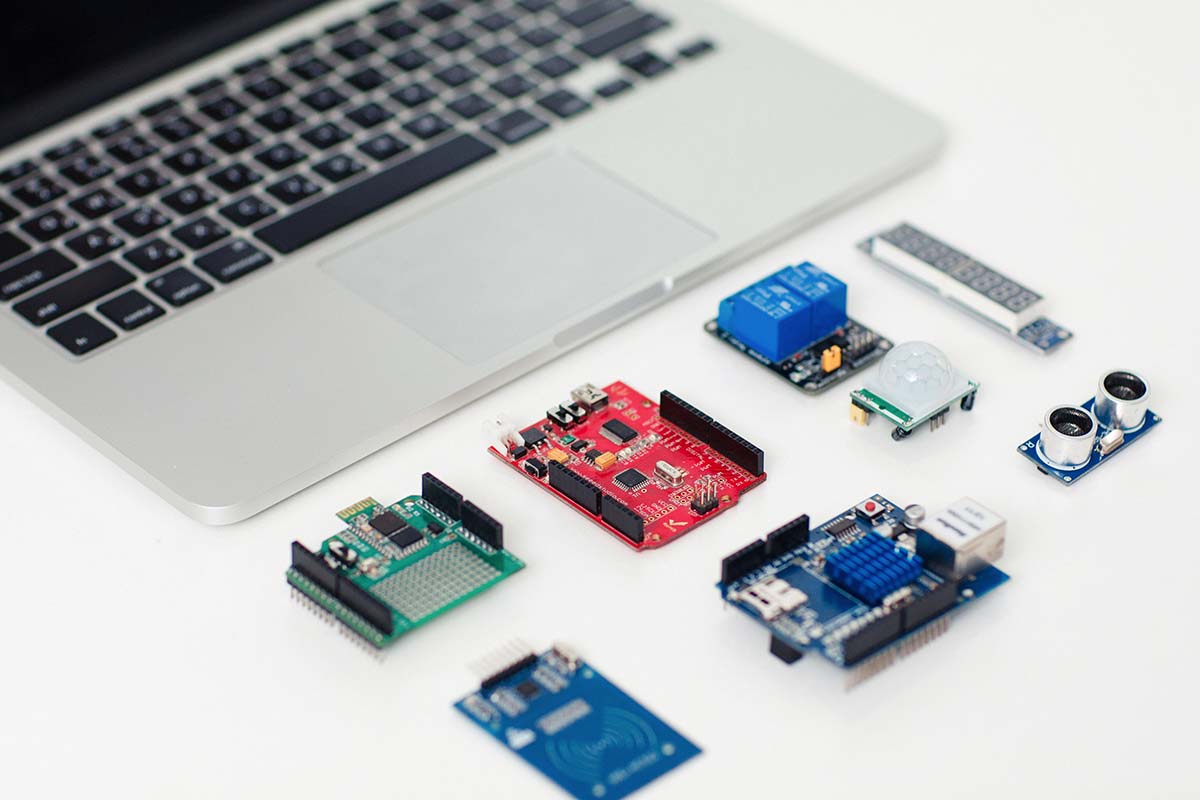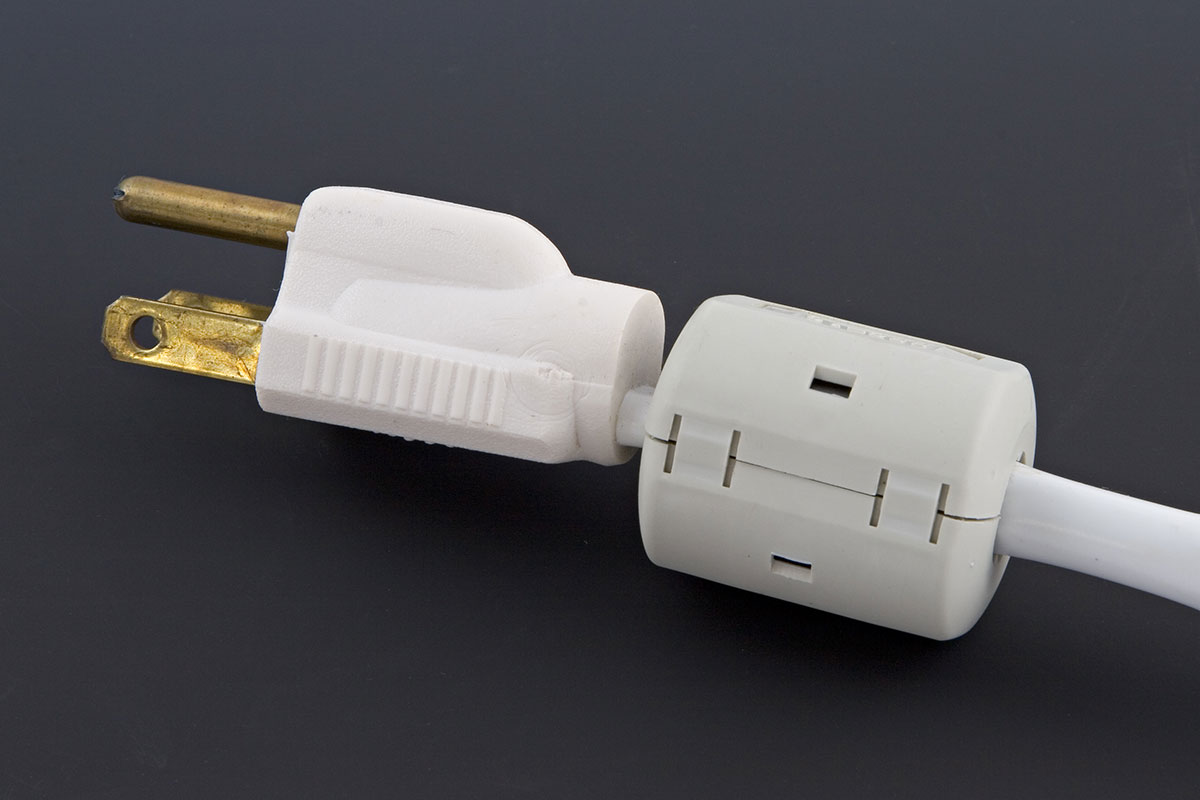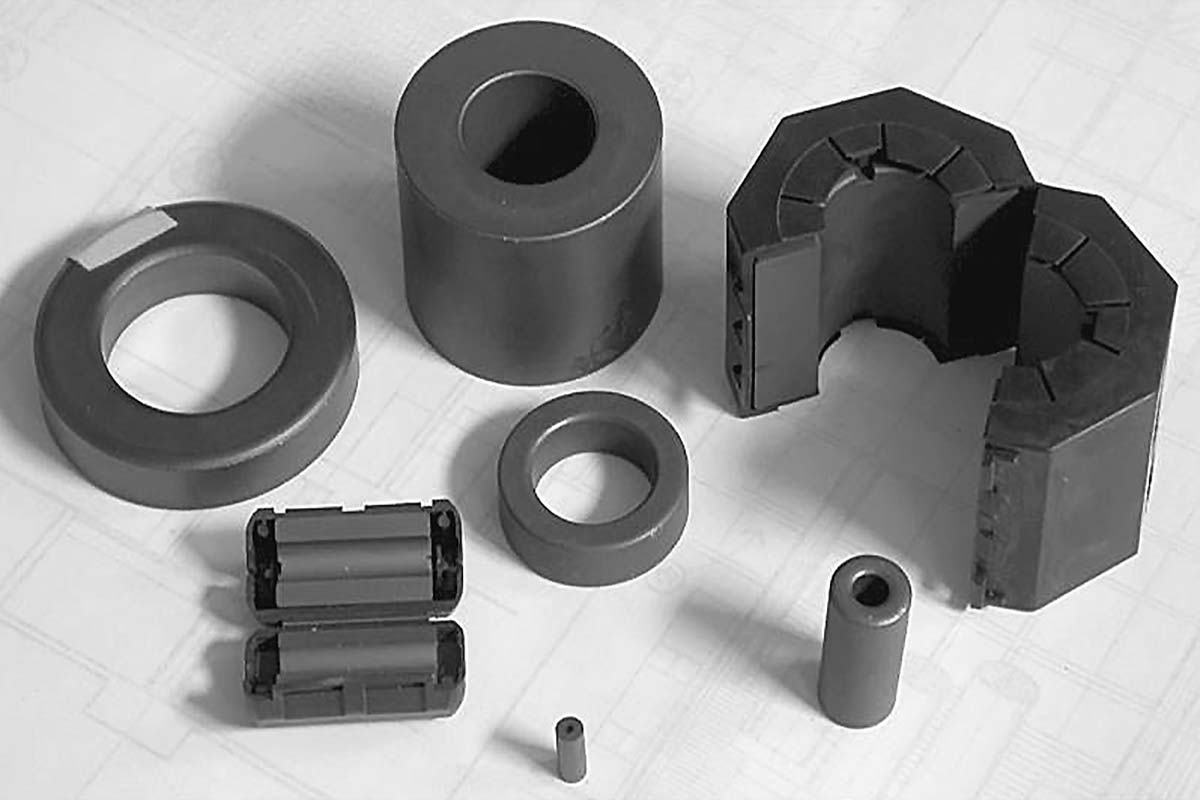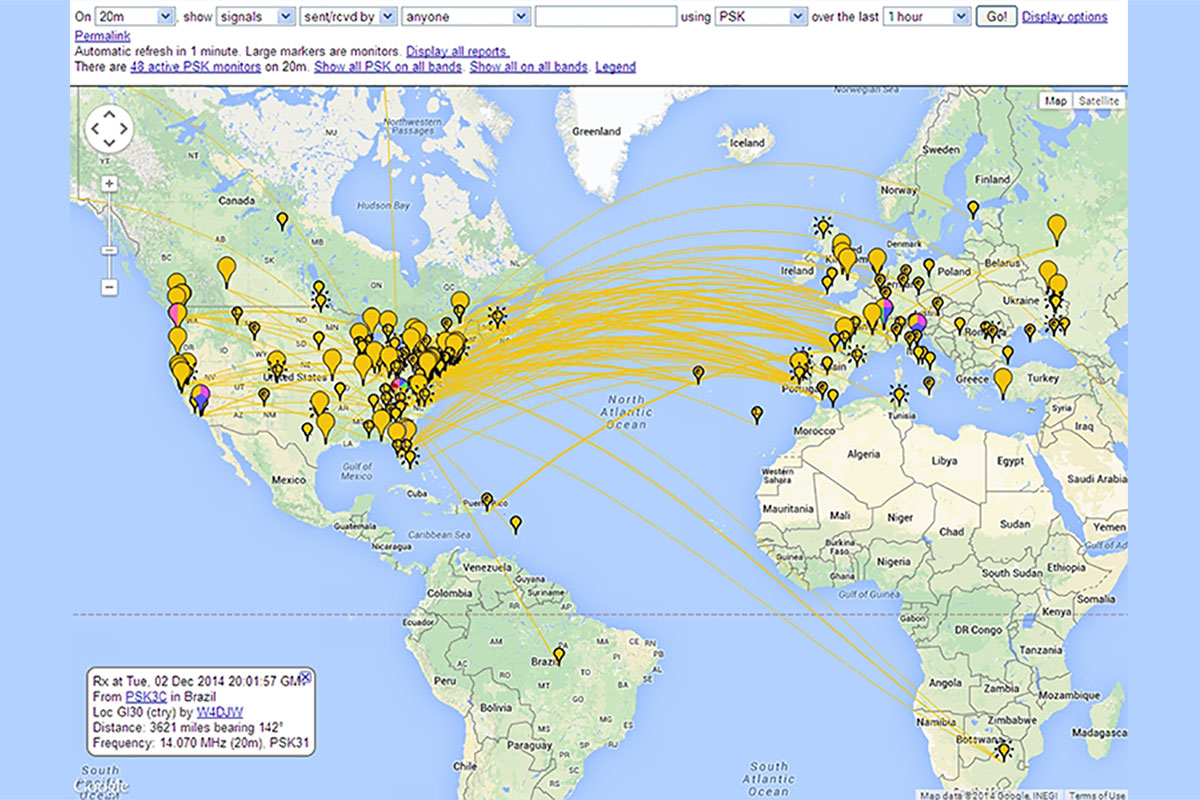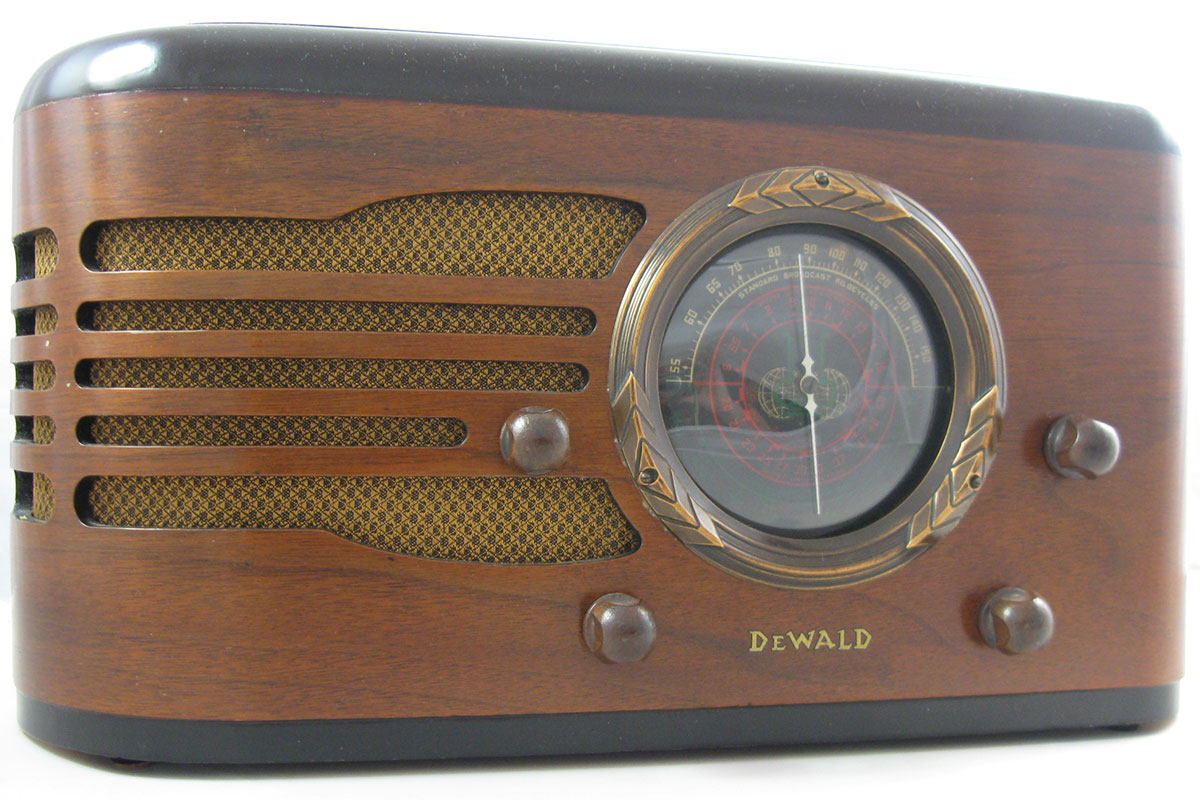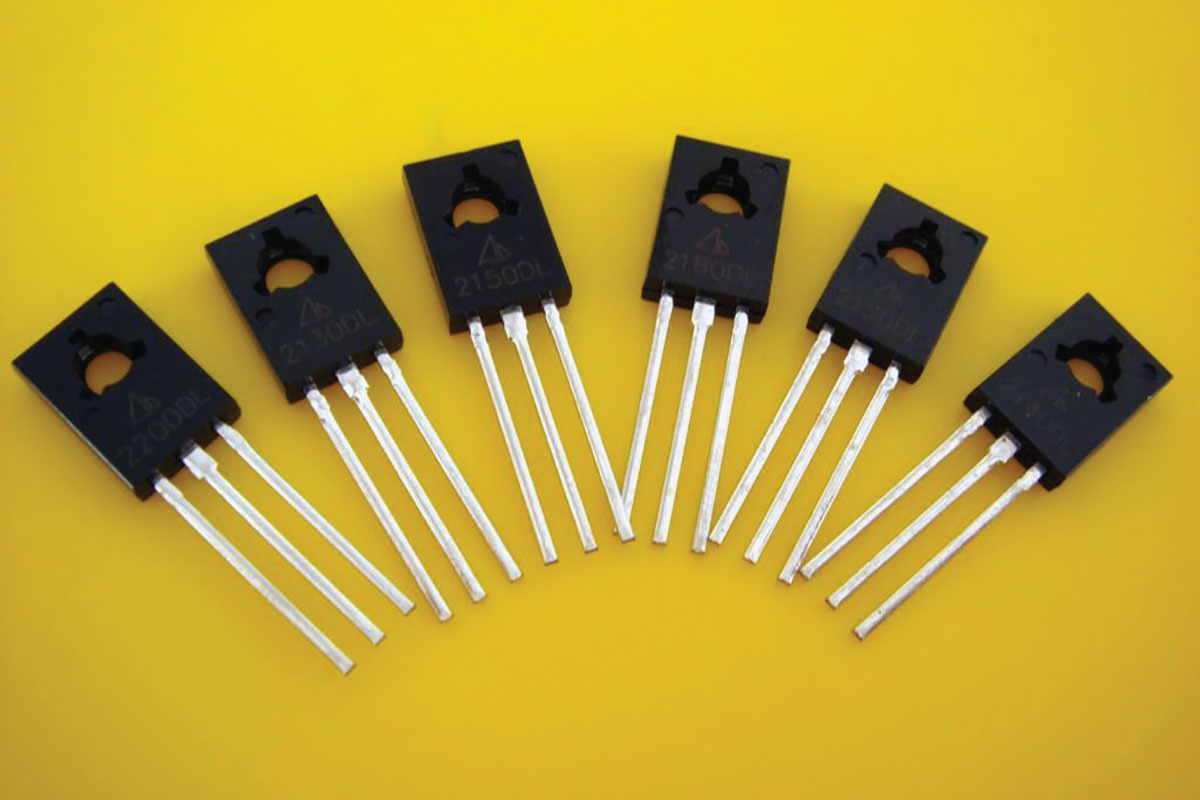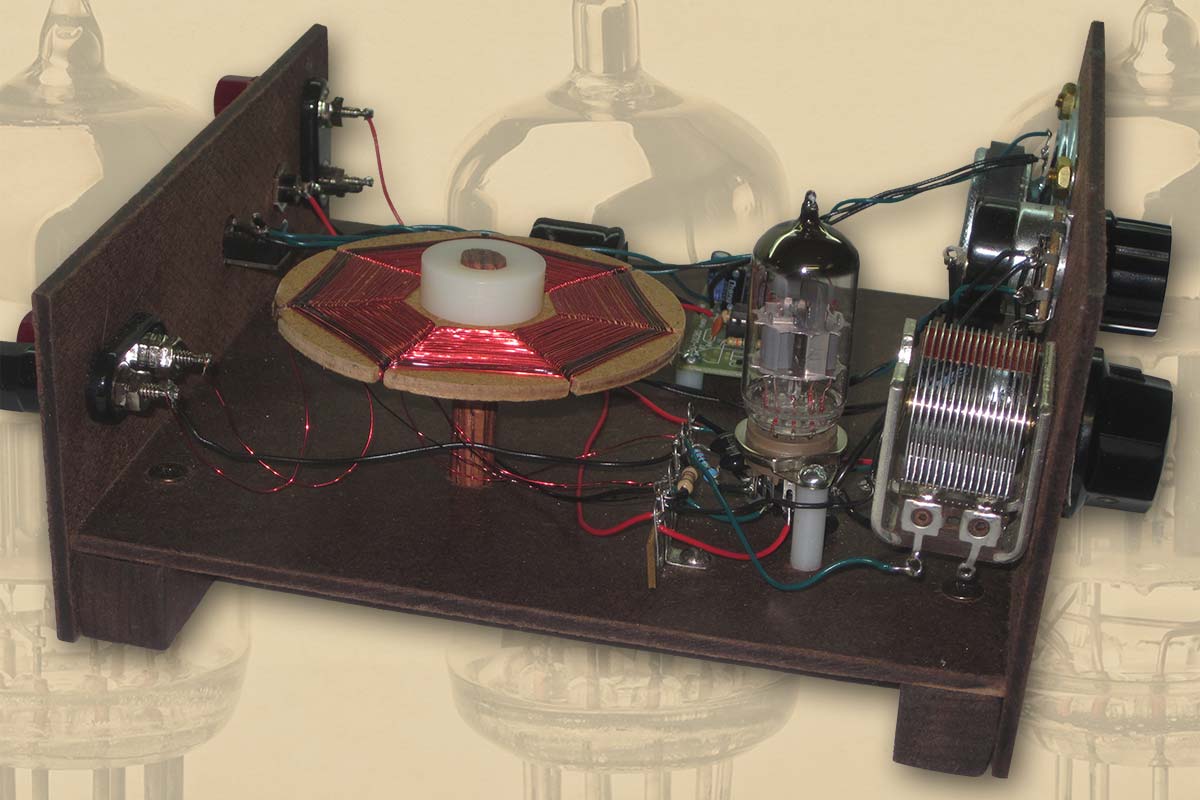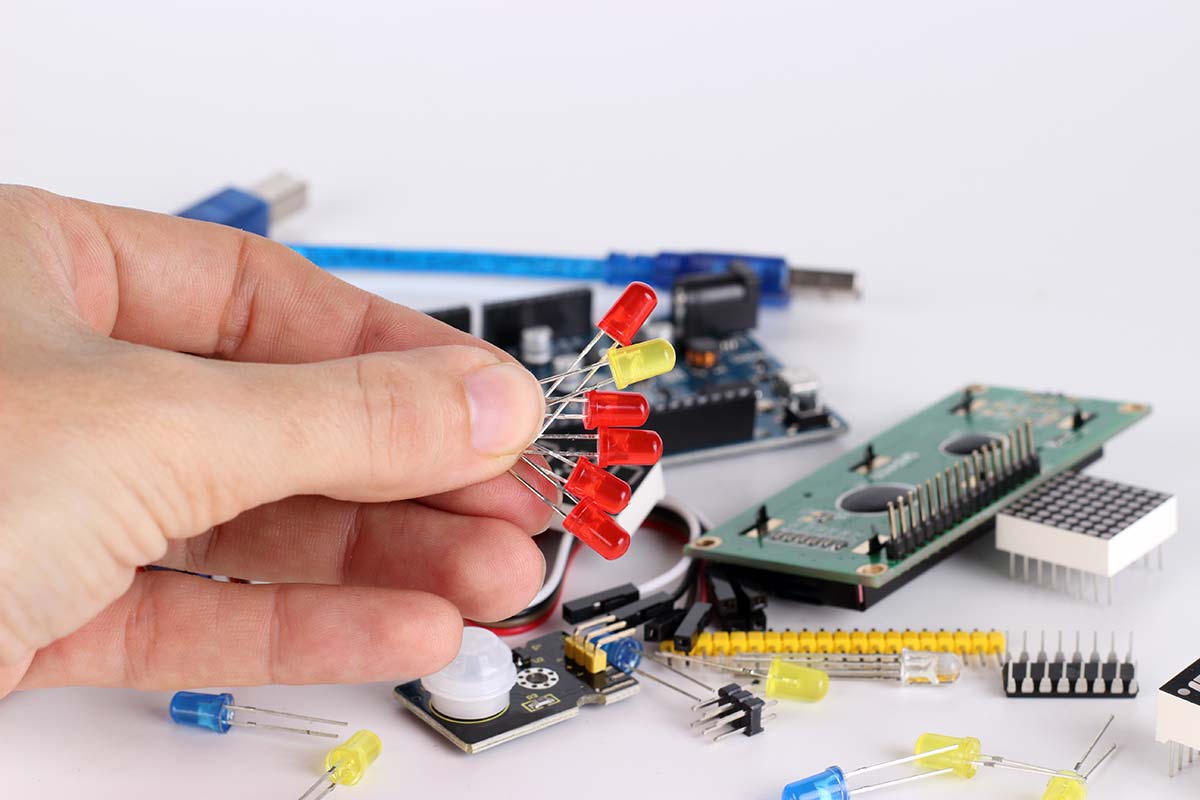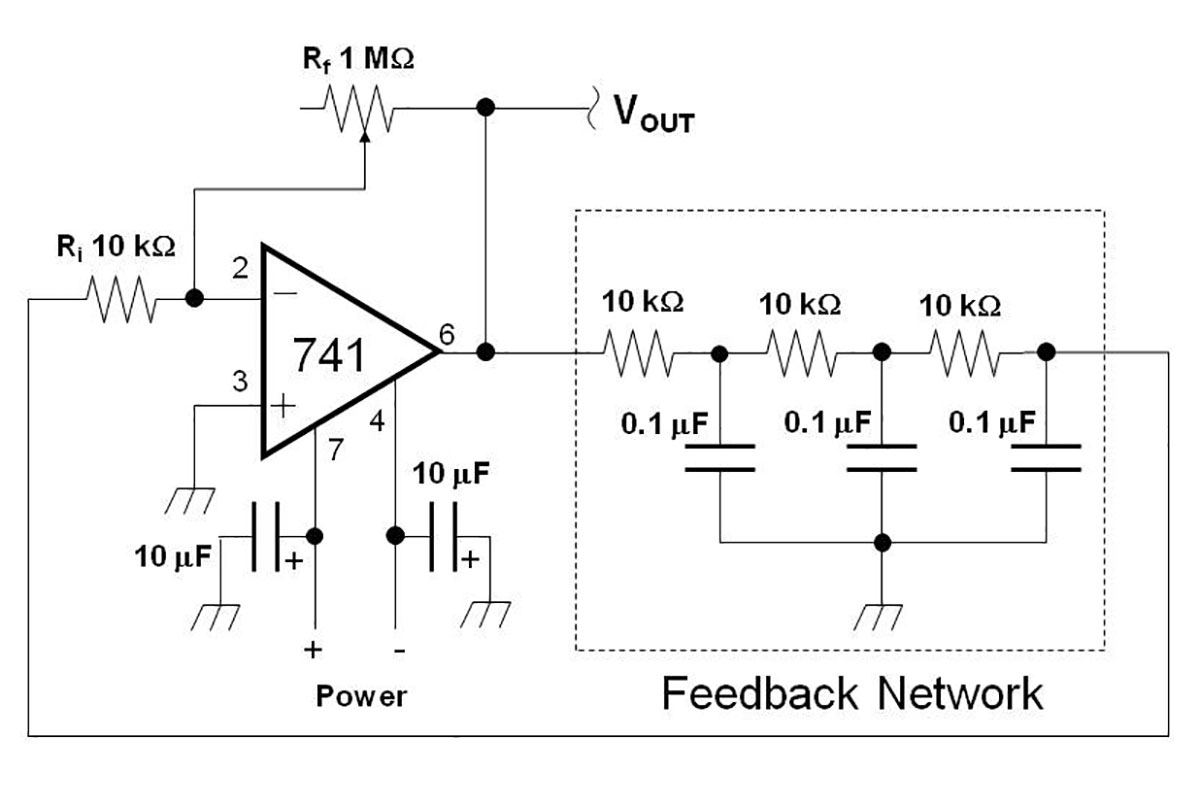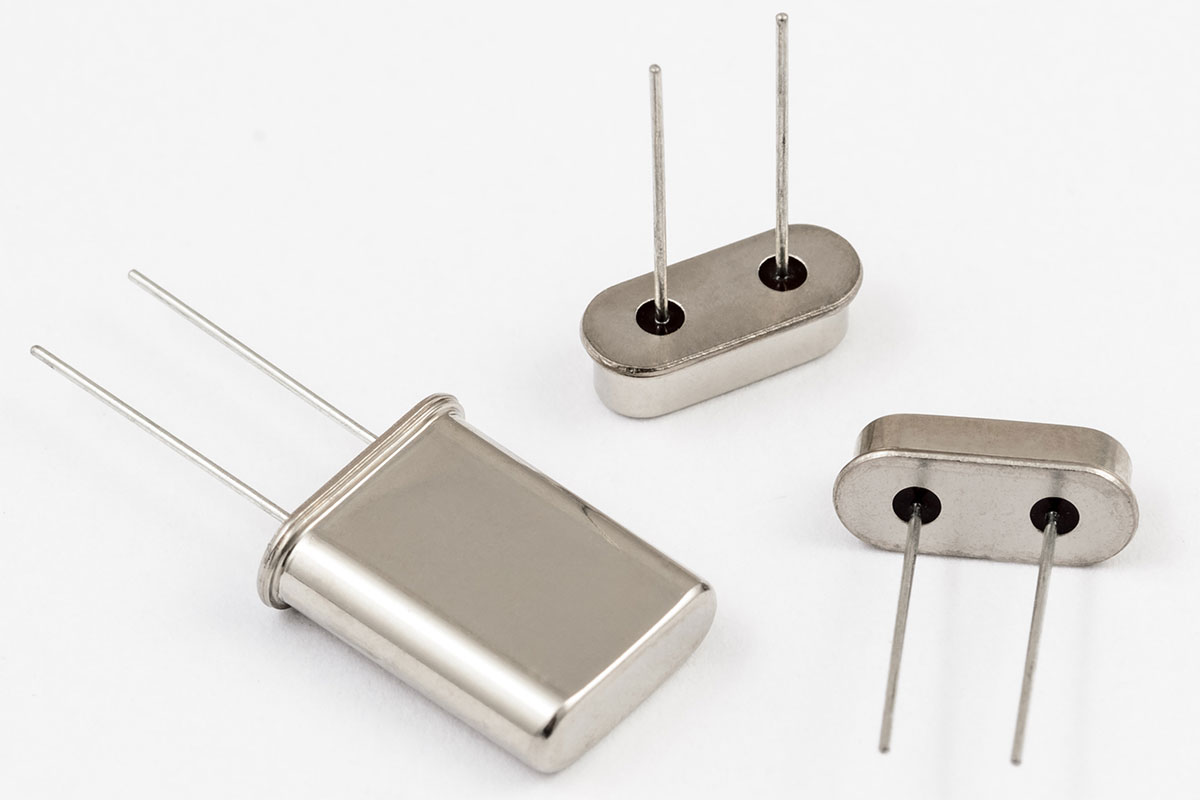What do you think of when you hear the term electronic hobbyist or experimenter? I seem to see a person who likes to build electronic circuits and equipment. A bench with breadboarding socket, power supply, multimeter, function generator, oscilloscope and the usual parts boxes. This person probably even designs some circuits and equipment as well as builds from a kit. Electronics hobbyist like those just mentioned do still exist, but they are no longer the majority. There is a new electronics hobbyist out there now and they are different. Maybe you are one of them.

